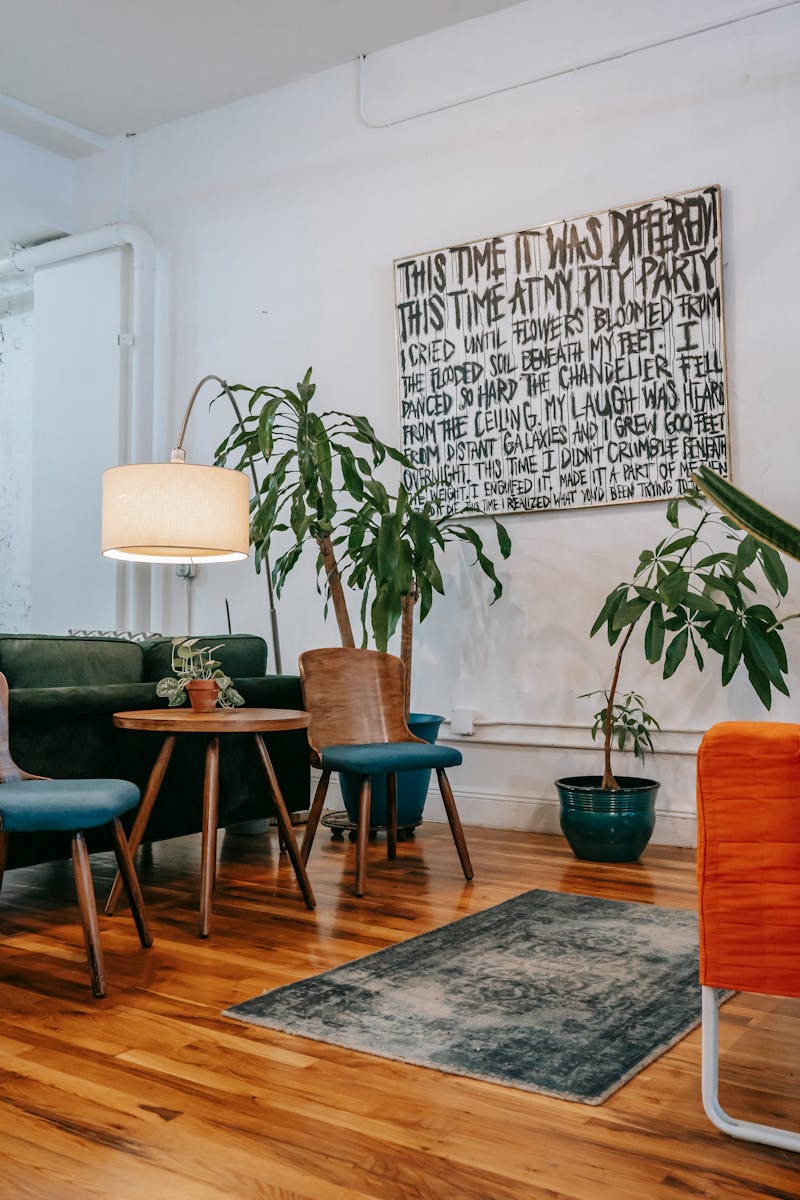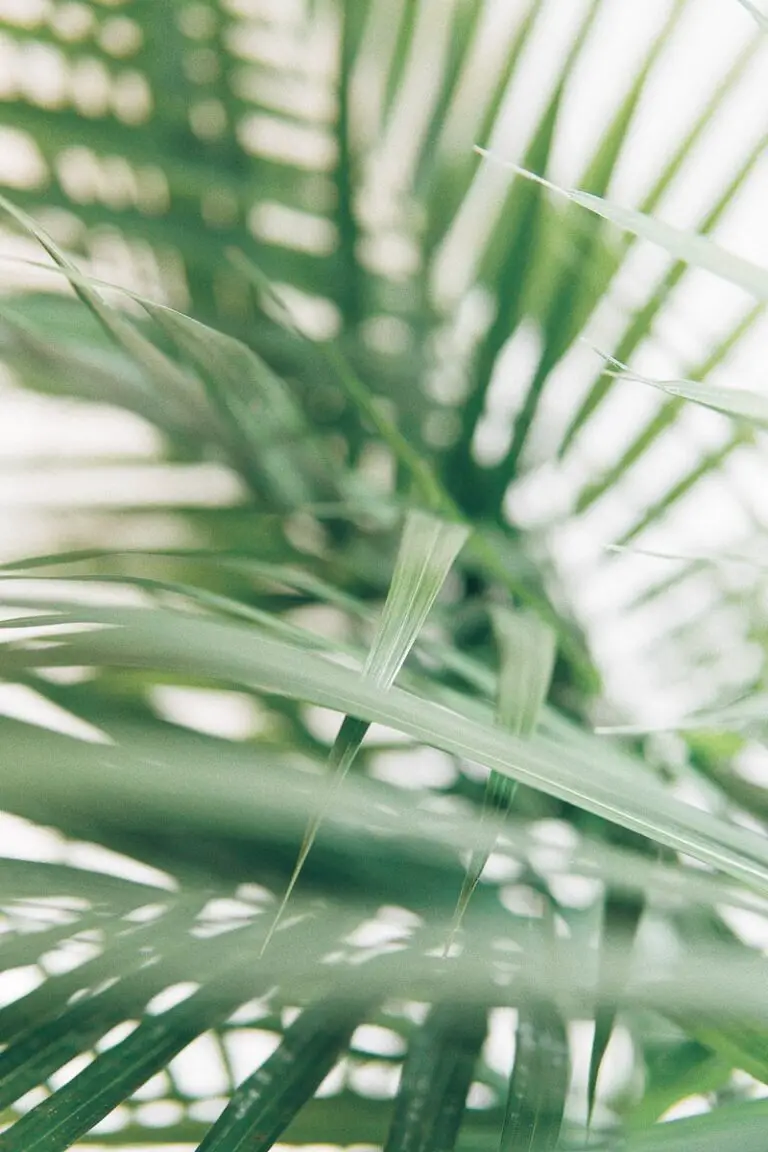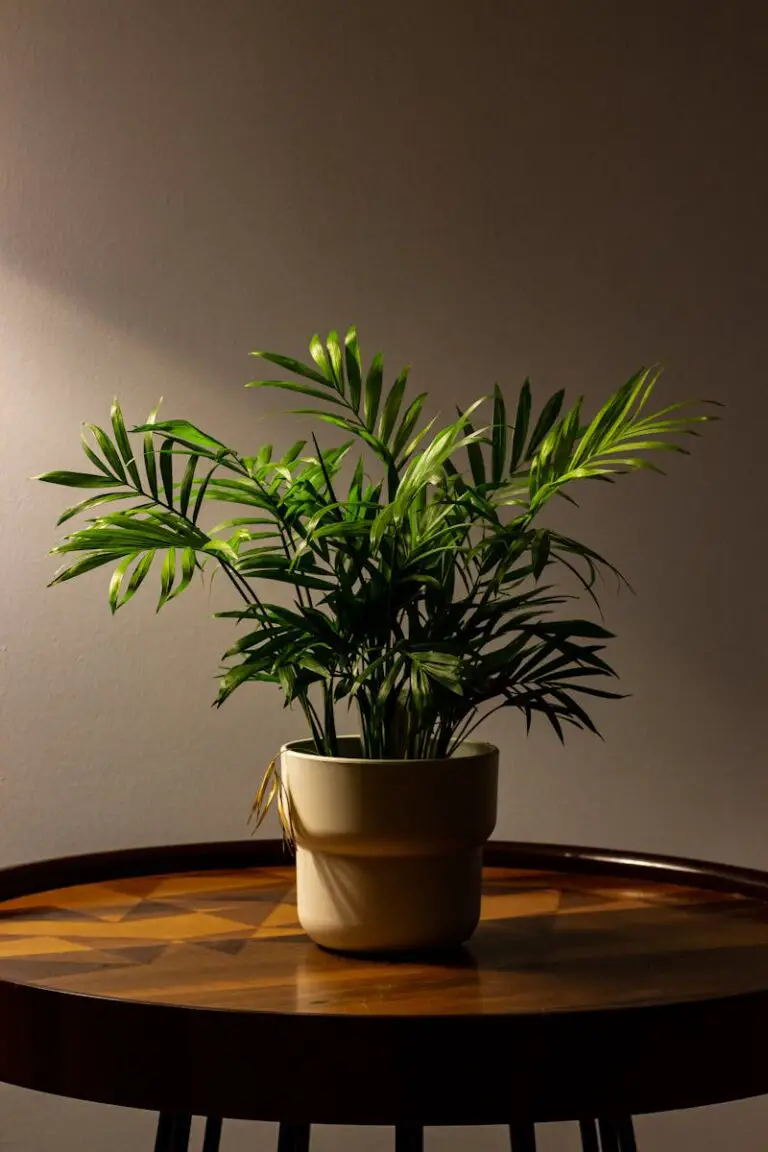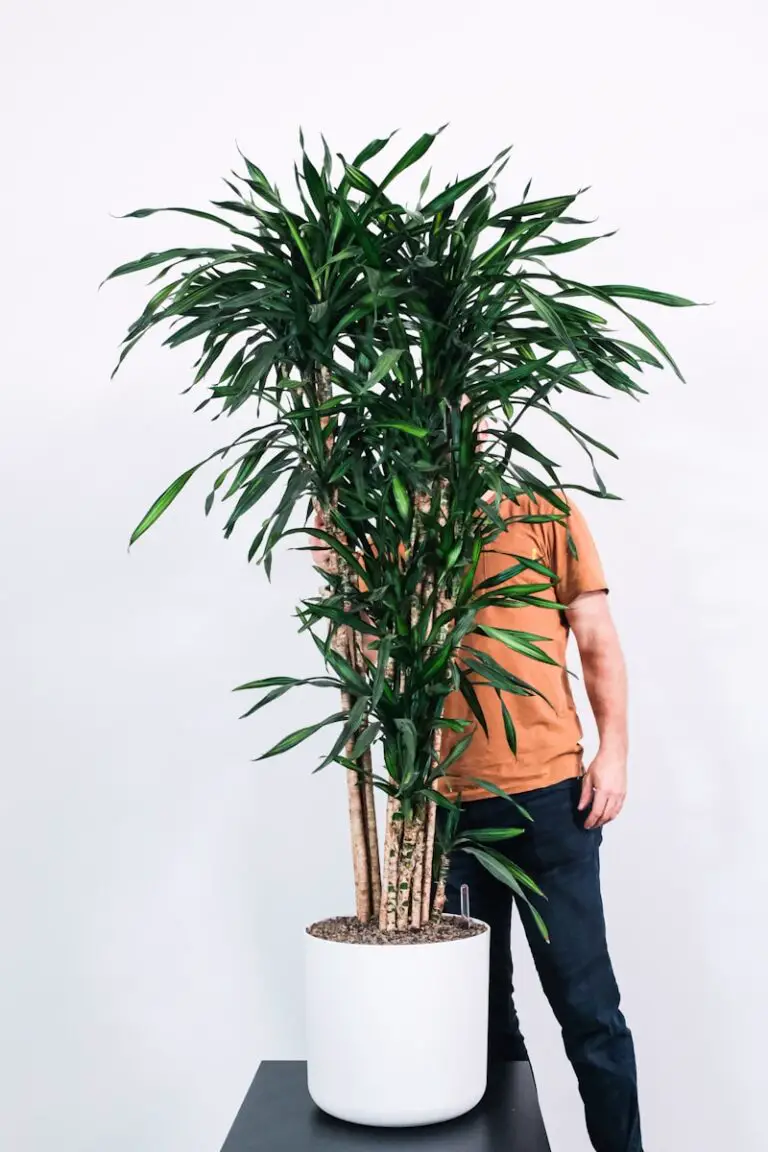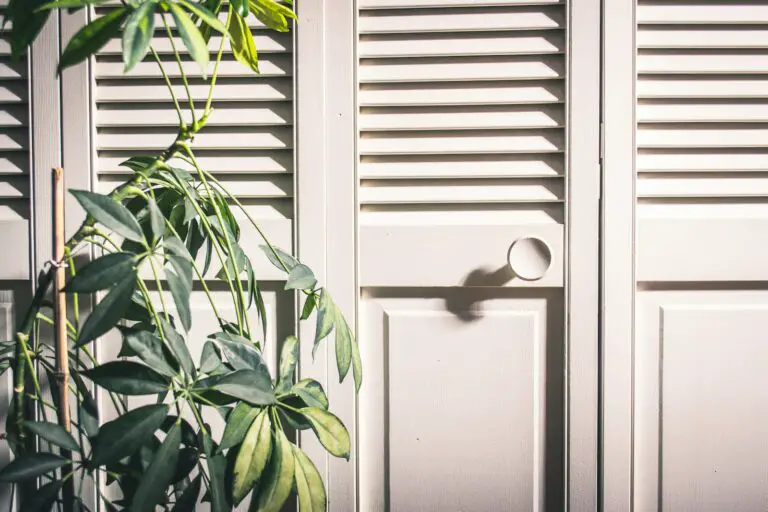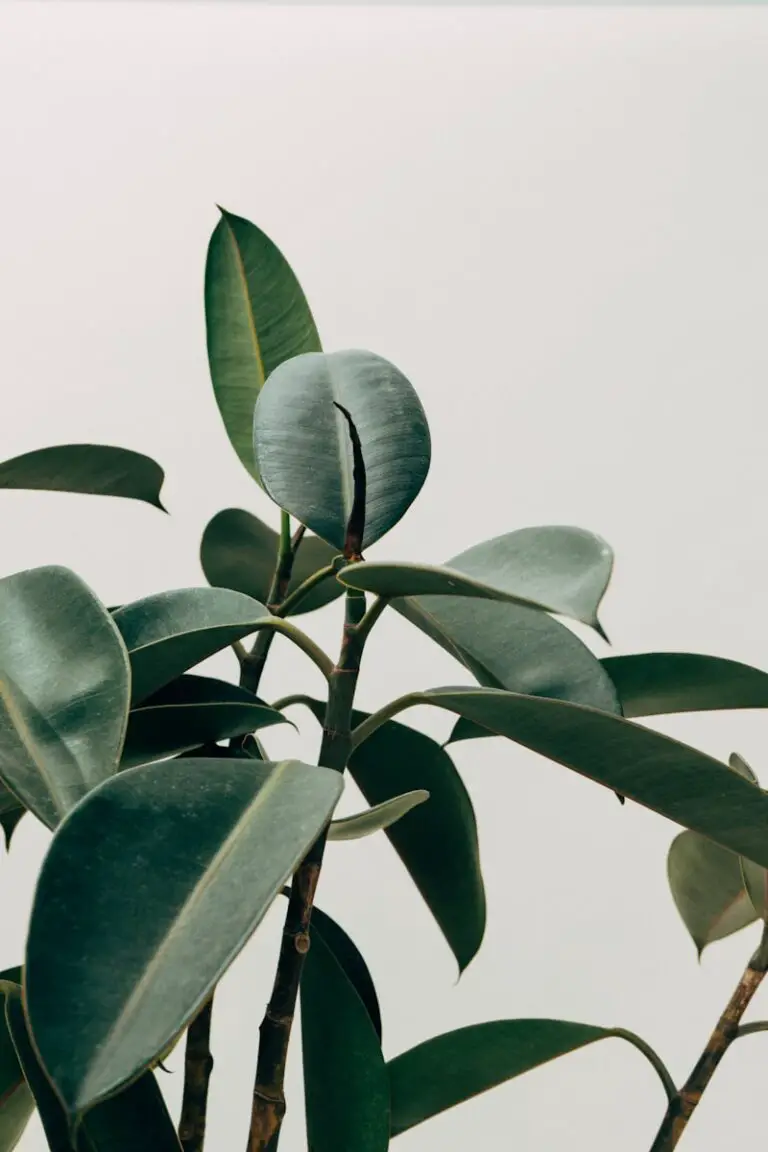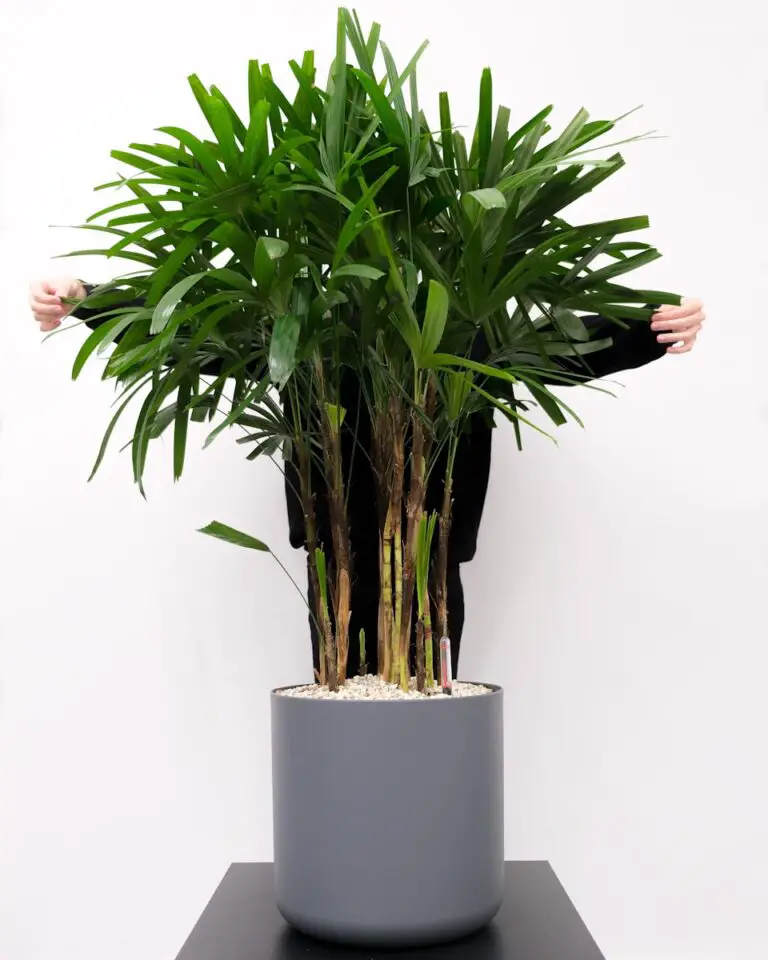Summer Survival Guide: Keeping Indoor Bamboo Palms Cool and Thriving in the Heat
Summer can be a challenging season for plant guardians, especially those with indoor foliage. When it comes to the exotic and elegant indoor bamboo palms, understanding the intricacies of summer care and creating the ideal microclimate within your home is not just a preference but a necessity. With a few simple strategies, you can ensure that your leafy friends remain not just alive but vibrant through the hottest days.
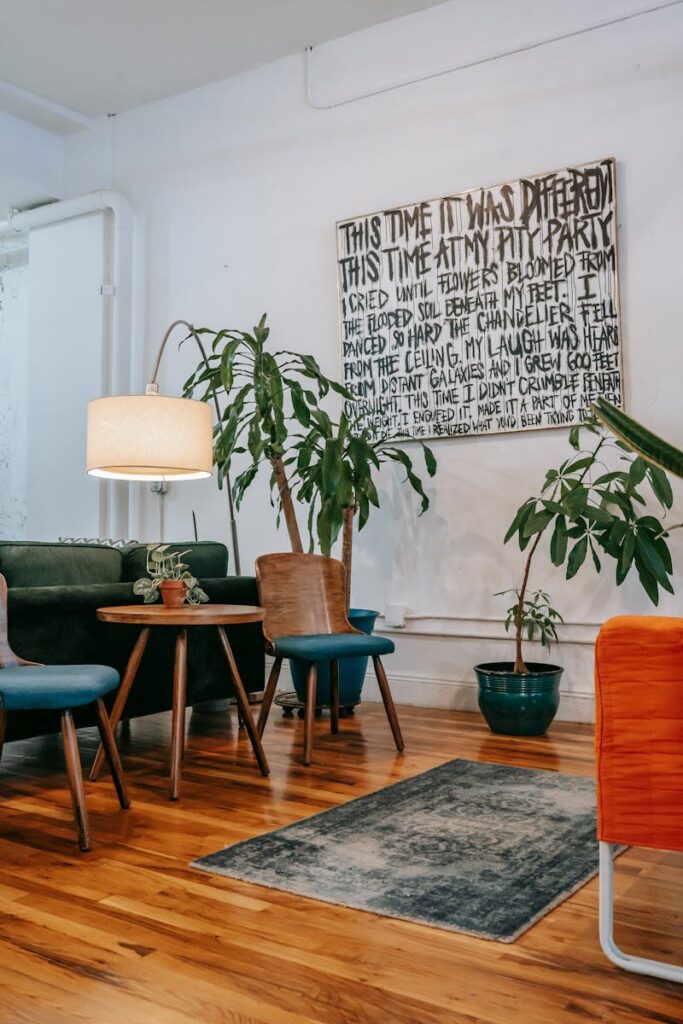
Understanding Indoor Bamboo Palms
Before we jump into the tips and tricks, it’s essential to understand the plant you’re working with. Indoor bamboo palms, also known as Reed Palms (Chamaedorea seifrizii), are characterized by their slender green canes and lush, feathery fronds. Their native habitats in subtropical and tropical regions mean they appreciate warmth all year round.
The Ideal Growing Conditions
Bamboo palms thrive in indirect sunlight and prefer loose, fertile, and well-drained soil — often a potting mix that includes peat moss and perlite. They enjoy consistent moisture but abhor waterlogging, which can lead to root rot. The ideal humidity range for bamboo palms sits comfortably between 50% and 60%.
Tips for Keeping Bamboo Palms Cool
Summer heat can be taxing for bamboo palms, and keeping them cool is crucial for their health and growth.
Proper Watering Techniques
One of the most common mistakes is overwatering. During the summer months, the top inch of soil should feel dry before watering to encourage healthy root growth and prevent waterborne diseases. The container should have adequate drainage to allow excess water to escape.
Humidity Control
Increased indoor temperatures often mean lower humidity levels, which can stress your bamboo palm. Grouping plants together, using a pebble tray filled with water, or investing in a humidifier can help maintain the required humidity levels.
Temperature Considerations
Your home’s overall temperature needs to be considered. While most indoor spaces maintain temperatures that are suitable for bamboo palms, keep plants away from air conditioning units or heating vents that might cause sudden temperature fluctuations.
Thriving in the Heat
Beyond just surviving, you want your bamboo palm to continue to thrive.
Sunlight Exposure
Avoid direct sunlight, as it can scorch the leaves. If your palm is receiving strong sun exposure, consider moving it to a spot with bright, indirect light or use sheer curtains to filter the sun’s rays.
Fertilization Needs
During summer, indoor bamboo palms are actively growing and can benefit from a diluted, balanced fertilizer every four to six weeks. This will provide the essential nutrients for robust foliage and can enhance the plant’s resilience.
Pest Prevention Measures
Increased temperatures can coincide with an uptick in pest activity. Regularly checking the fronds, especially the undersides, can help detect pests such as spider mites. In the case of an infestation, a mild insecticidal soap can often be the solution.
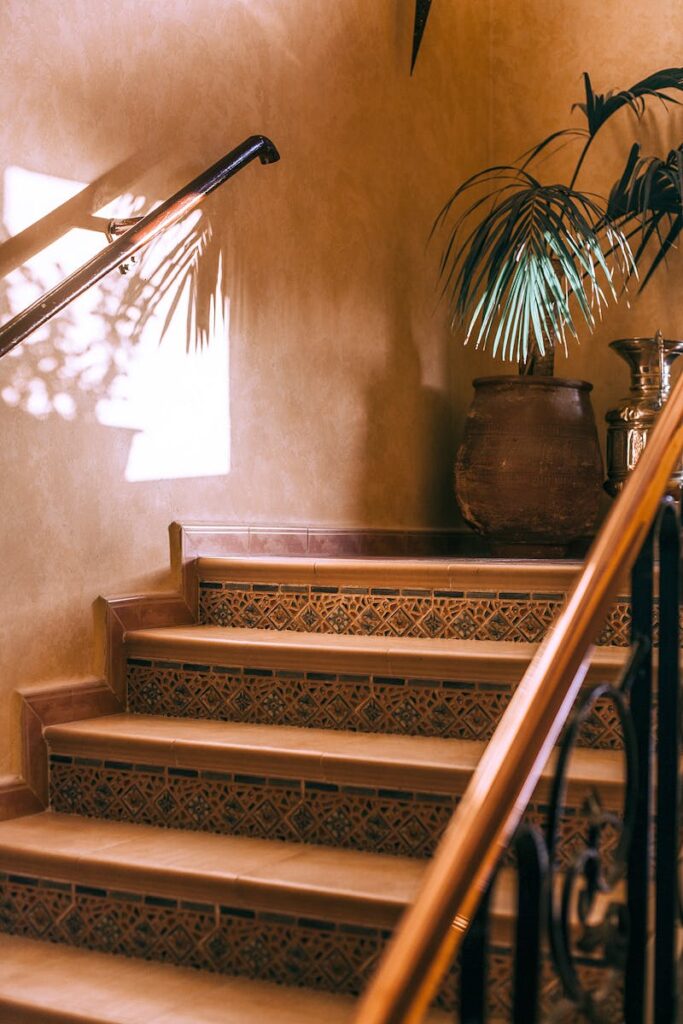
Maintenance and Care
Consistent care will keep your bamboo palm looking its best.
Pruning and Grooming Tips
Removing the occasional dead or yellowing frond not only improves the plant’s appearance but also directs the plant’s energy toward new growth. Only remove fronds at the base of the stem, and avoid cutting into the stem itself.
Soil Considerations
Inspect the soil for any signs of compaction or poor drainage. If the soil seems to dry out too quickly or stays soggy, it might be time to repot or amend the soil with additional materials that maintain its porous quality.
Common Issues and Troubleshooting
If your bamboo palm appears to be suffering, consider its recent environment — changes in sunlight, temperature, or watering routines during the summer could be the cause. Start with the most visible changes, such as adjusting your watering schedule or finding a ‘happy’ location for your plant, and monitor for improvements.
In conclusion, your indoor bamboo palm does not have to fall victim to the scorching heat of the summer. With the correct care, you can ensure that it remains a beautiful and dynamic addition to your home’s interior landscape. By adhering to the guidelines outlined above, you’ll not just keep your plant alive — you’ll help it to flourish amidst the most challenging season for indoor plants. Remember, a little attention to the needs of your bamboo palm can repay you with years of tropical grace in any room of your home.

